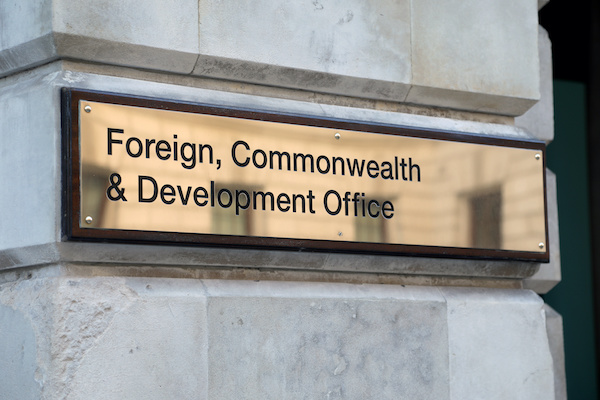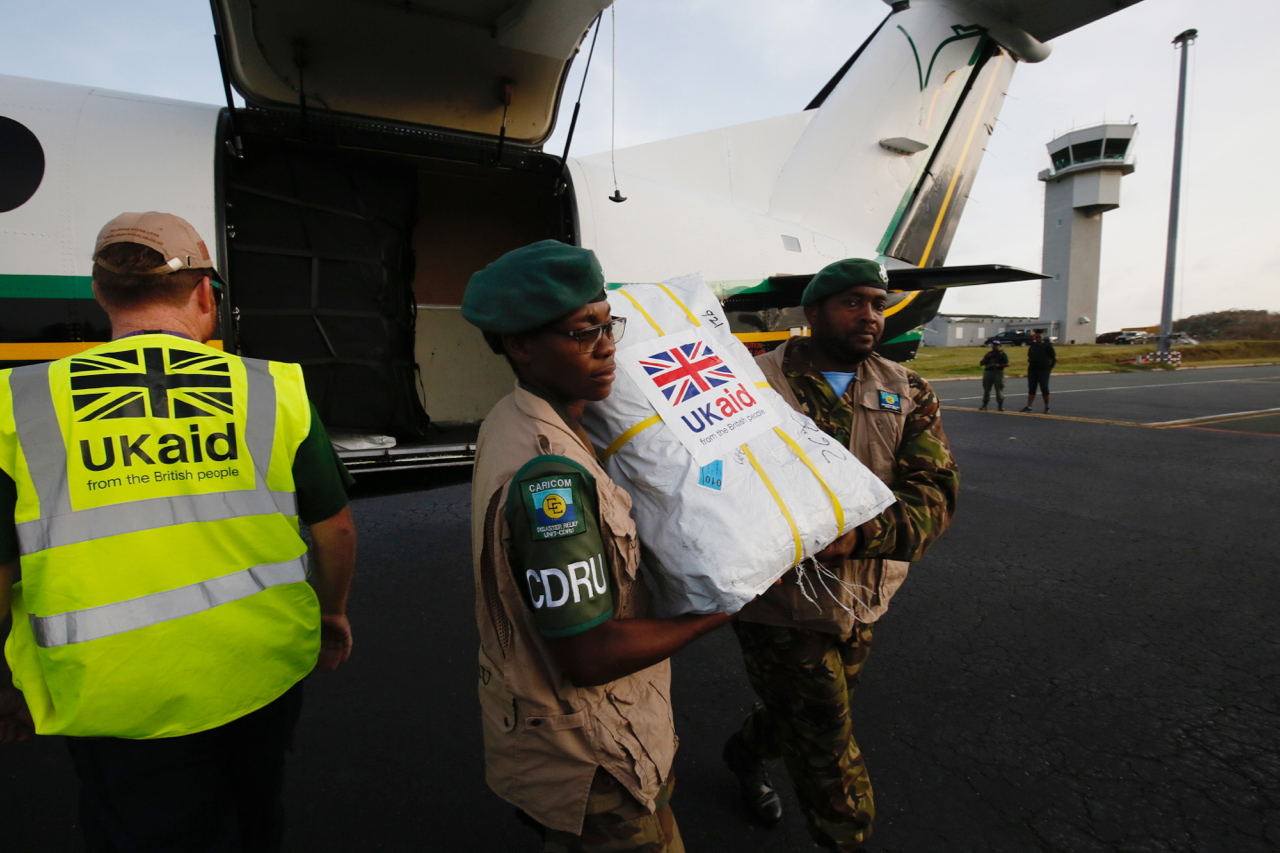Recommended
In 2020, we opened our end-of-year review by saying that “Not even Dr. Pangloss could put a positive spin on… a historic dumpster fire of a year.” The next year, we described 2021 as “not quite the best of times, not quite the worst of times,” which seemed like progress. But if we take one lesson from 2022, it’s that things can always get worse. It’s been a tough year, both personally and for global development. Progress against global poverty has—in the words of the World Bank—ground to a halt. To resume it, it’s not enough to reverse the effect of the pandemic; we need to return to previous, faster rates of poverty reduction. In the UK, a sequence of terrible decisions has decimated the aid budget and the UK’s capacity to be an important actor in the global development sphere. COP27 was, at best, whelming, when it needed to be a triumph.
It would be easy to write a review of the year that focused on the bad, because there was a *lot* of bad. But that would be an incomplete picture: even in the most dysfunctional times and places, progress is being made. Things are getting better, even if you have to squint to see it sometimes. To cap the year, we highlight three good-news stories you might have missed (and that’s not counting the fact that Brits finally managed to attend a football tournament without anyone being arrested—Global Britain in action). And in a year dominated, in the UK at least, by cuts to foreign aid, the fact that none of these stories is primarily about aid spending serves as a helpful reminder that progress is possible even when budgets are tight (though more money definitely helps).
Human rights win out in Latin America and the Caribbean
It can feel like human rights are under siege right now, with a World Cup in a place where homosexuality is illegal, built on the work of migrants labouring under—sometimes literally—intolerable conditions; and the rollback of women's reproductive rights in the US. But elsewhere, progress is being made where it had previously seemed a distant prospect. In February, Colombia—where abortion was completely illegal until 2006—adopted some of the most liberal abortion laws in the world, a striking contrast to the rollbacks in some US states. In Cuba, gay marriage and adoption by gay couples was legalised following a referendum held in September. And, last week in Barbados, laws banning same-sex relationships were overturned by the highest court. This followed similar moves in Antigua and St Kitts earlier this year. Human freedom—a big part of what development is (though the aid agencies have been too slow to recognize that)—is, in some places at least, moving forward, and we should celebrate that.
That said, sometimes progress is uncomfortable. In economics, and now for several international development organizations, a reckoning is coming for a history of sexual abuse and misconduct and bullying more broadly. We still have a long way to go, but brave people speaking out gives some hope that progress is possible.
A (slow) recognition of the real migrant crisis?
For more than three years, our colleague Charles Kenny has been pointing out that the real migrant crisis in developed countries is that there are too few, rather than too many, people arriving on our shores. To maximise our own economic potential and standard of living, we need people to do the work we’re getting too old to do, to come up with ideas to complement and build on our own, or render them obsolete, and to pay the taxes we’re increasingly too old to pay. But rather than welcoming migrants and refugees, developed countries have tended to spend much more time promising to treat them as miserably as possible—and delivering on that promise, at great cost.
We’ve seen too much demonisation of foreign this year to declare that the tide has turned, but there are a few glimpses of a break in the weather, for which we should be grateful. The Canadian government is zigging while much of the rest of the world zags, announcing a plan to bring half a million migrants into the country in 2025, increasing current migration levels steadily to hit that target. Meanwhile Argentina has created a new humanitarian visa for people affected by sudden-onset natural disasters, with a path to permanent residency available—and who wouldn’t want to be Argentine now, the way Leo Messi has lit up the World Cup? Even in England, that welcoming land where politicians dream happily of deporting refugees, the Migration Advisory Committee has recommended that the Government allow asylum seekers to work while awaiting a decision on their application—a no-brainer that has been steadily resisted thus far. France are going one better, and implementing a new path to regularisation of undocumented workers in understaffed sectors. You can read more about the year in migration and refugees in a forthcoming blog by Sam Huckstep and Michael Clemens.
Hope in the fight against malaria
Not content with their coronavirus vaccine, the Jenner Institute—together with partners—confirmed their stunning 2021 breakthrough in the fight against malaria: a vaccine with greater than 75 percent efficacy against the disease, the first vaccine to clear the WHO’s target. Their phase two trial showed that with a higher dose of the booster, the vaccine efficacy was 80 percent (a lower dose still had 70 percent efficacy). Larger trials aimed to demonstrate the safety of the vaccine in a larger group of children are now underway, raising the possibility of a useable, scalable vaccine in the near future. There’s a lot of road left to run, though, even if the good news is confirmed and the vaccine is safe: we still need to be able to produce it at scale, distribute it, administer it. This will take money, capacity and will, three things that are all often in short supply.
But we should make no mistake at all about how important this is. 627,000 people—mainly children—died of malaria in 2020. Getting that number down would be one of the best things to happen to humanity in a long time, maybe decades. And that might not, now, be the limit of our ambitions. As Adrian Hill, from the Jenner Institute, told the FT: “If you’d asked me 15 years ago, ‘can you eradicate malaria with vaccines to the fore?’, I wouldn’t have been sure. Today I’m sure. This is the breakthrough tool—vaccines against malaria . . . If you get 80 percent of malaria deaths prevented by vaccination, you should be able to knock deaths down to maybe 50,000-10,000 a year by the end of this decade. Then in the 2030s, I anticipate that we’ll be trying to eliminate malaria seriously with vaccines.”
It’s been a rotten year in a lot of ways. But that’s a good note to end on.
Thanks to a number of colleagues for helping us find the good news this year, particularly Sam Huckstep.
Disclaimer
CGD blog posts reflect the views of the authors, drawing on prior research and experience in their areas of expertise. CGD is a nonpartisan, independent organization and does not take institutional positions.






